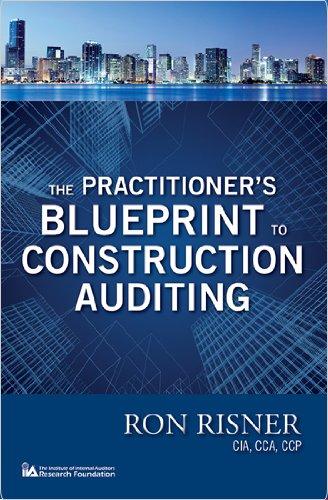Question
1. What is universal life insurance? How does it differ from term life and whole life? Universal life insurance: (Select the best answer below.) a.
1.
What is universal life insurance? How does it differ from term life and whole life?
Universal life insurance: (Select the best answer below.)
| a. is classified as a cash dash value life insurance policyis classified as a cash-value life insurance policy. | ||
| b. has a savings component like term life insurancehas a savings component like term life insurance. | ||
| c. is a combination of whole insurance and a death benefitis a combination of whole insurance and a death benefit. |
2.
What is variable life insurance? What are the advantages and disadvantages of variable life policies? How can individuals avoid the high fees of variable life insurance?
Variable life insurance: (Select the best answer below.)
| a. has a benefit that varies throughout the term of the policy. | ||
| b. is an option for a term policy. | ||
| c. is related to universal life insuranceis related to universal life insurance. | ||
| d. has variable premiums. |
3.
What is whole life insurance? What benefit does it provide that term insurance does not?
Whole life insurance: (Select the best answer below.)
| a. allows policyholders to terminate their policy but not withdraw any premiums they have paidallows policyholders to terminate their policy but not withdraw any premiums they have paid. | ||
| b. has a fixed value for the policyholderhas a fixed value for the policyholder. | ||
| c. is also called savings dash value life insuranceis also called savings-value life insurance. | ||
| d. provides insurance as long as premiums are paidprovides insurance as long as premiums are paid. |
4.
Describe the nonforfeiture and loan clasues of whole life insurance policies.
The nonforfeiture clause: (Select the best answer below.)
| a. allows you to receive a portion of the accumulated savings if the whole life policy is terminatedallows you to receive a portion of the accumulated savings if the whole life policy is terminated. | ||
| b. allows you to receive the savings you accumulated if you terminate your whole life policyallows you to receive the savings you accumulated if you terminate your whole life policy. | ||
| c. allows you to receive half of the savings you accumulated whenever you have a qualifying eventallows you to receive half of the savings you accumulated whenever you have a qualifying event. | ||
| d. allows the policyholder to borrow at a lower rate than that offered by financial institutionsallows the policyholder to borrow at a lower rate than that offered by financial institutions. |
Step by Step Solution
There are 3 Steps involved in it
Step: 1

Get Instant Access to Expert-Tailored Solutions
See step-by-step solutions with expert insights and AI powered tools for academic success
Step: 2

Step: 3

Ace Your Homework with AI
Get the answers you need in no time with our AI-driven, step-by-step assistance
Get Started


